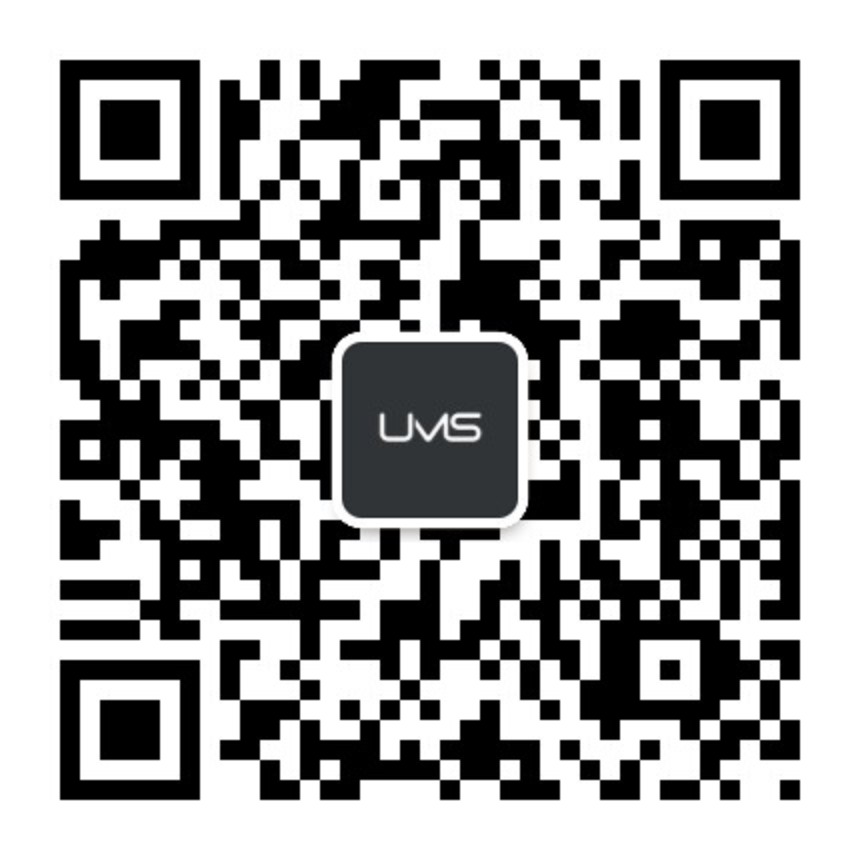The coronavirus outbreak is significantly impacting global tourism with the population in China essentially on lock down until it subsides. Developing during Chinese New Year, one of the biggest human migrations in the world with roughly 7 million Chinese tourists expected to travel abroad, the outbreak saw many Chinese change their travel plans, with some choosing not to travel at all.
This has caused major disruption for the tourism industry, particularly in Asia which usually attracts roughly 75% of Chinese Lunar New Year travellers. Australia and New Zealand who receive a high number of Chinese tourists (particularly during February and March), are seeing a decrease in visitor numbers and GPD as a result (approximately 0.5% hit to Q1 GDP in NZ). However, research suggests the tourism industry will bounce back, and organisations should have a strategy to address this.
United Media Solution, an independent digital marketing-to-China agency, has been researching the outbreak’s effects on different industries and will continue to monitor and release information and advice regarding overall strategy and marketing activities in China. We strongly encourage organisations to utilise UMS’ expert consulting services and strategic advice to assist organisations to address the below points.
Immediate Response
- UMS suggests that more manpower should be allocated towards responding and monitoring feedback and questions via major online channels – WeChat, Weibo and OTA channels like Ctrip, Mafengwo and Fliggy. It is likely your audience is going to be confused and seek immediate answers, your organisation needs to be prepared with answers and traceable solutions.
- During the outbreak is a perfect opportunity for you to monitor different platforms and redirect traffic to your main official accounts where your customers’ problems can be addressed. This simple action may be time consuming and labour intensive, however it is the simplest way to increase brand awareness and customer satisfaction while boosting your official channel’s traffic.
- In line with this, a mechanism should be in place to monitor and manage negative public opinion and media, as well as social monitoring to measure overall market opinion, market confidence and the success and failures of competitors. This is a good long-term investment in customer loyalty and stickiness and maintains a cohesive understanding of the market environment.
- Through our regular target audience monitoring and client user profile research, without exception, almost all brands Chinese target audiences have changed radically. It is recommended to invest in a specialist or professional body to re-profile your audience and conduct user behaviour, expectations and their decision-making process.
- With travel restrictions in place and frequent change in policy between different regions, organisations should establish a strategy for monitoring these changes and broadcast messages to your audience in an easily shareable and simple manner. Attention to the delivery of these messages is particularly important, and more thought should be given to details such as translation and content distribution.
- An estimated 50 million people are on lock-down in China, leaving many residents with extra spare time and desire to cure their boredom. Organisations should take advantage of this by producing more educational and thought leadership content to boost their brand awareness – content readability is king during this period. Sharing interesting content such as stories, cartoons and interactive role playing mini game (H5) which depicts information such as government bodies fighting the virus can result in outstanding marketing impacts for your brand in a time like this.
- It’s likely you have a lot of disappointed and stressed Chinese customers who have missed out on travel opportunities and are now facing new challenges at home. Share and promote positive initiatives and messages to Chinese who have made reservations. It is equally important to show appreciation and support for the actions of China’s front-line medical personnel – this could even be done through discounts or promotions. Keep in mind the sensitivities of Chinese and communicate what positive actions your own organisation has taken to address the outbreak and how, if applicable, you have supported humanitarian efforts in China.
Strategic Recommendations
- Although the tourism industry for Chinese has been interrupted, there is research that suggests this lull will quickly recover after the outbreak, and in fact peak. There is currently well over 100 billion USD in demand for outbound travel waiting to be unleashed once the virus subsides. In order to deal with this influx in customers, tourism operators should have a strategy to maximise on interest and divert this peak to off or shoulder seasons.
- UMS research has found that “participatory” topics and activities such as games, voting and questionnaires are currently receiving a lot more attention and are being shared further across online networks. Through this type of content, organisations can “plant seeds” in the minds of Chinese for future travel destination options and educate the market on different offerings and services. If executed correctly, a well-designed mechanism can also predict user behaviour when overseas tourism recovers.
- Many organisations have turned to alternative overseas markets to target while Chinese tourism spending power is on hold. Although this strategy may seem attractive, UMS emphasises that in the long term, Chinese travellers after the outbreak will make up a sizeable portion of overseas travellers and brands must maintain exposure to Chinese consumers. Organisations should have long term strategy in place to ensure the confidence of Chinese travellers and assist them in planning future travel. This strategy will be especially effective if brands can revisit customer profiles and decision making during the outbreak.
- In order to maintain/increase a positive public opinion, UMS suggests that organisations consider how they might target (through promotions or discounts) China’s front line personnel, or humanitarian workers after the outbreak. Attention should be given to the “gift-ability” or “shareability” of the promotion in order to increase awareness within regions and acquire new potential customers. It is also important to publicise positive promotional activities to further boost public sentiment.
- Organisation’s should create and focus on developing a strategy for when the outbreak subsides and customers wish to access information on tourism or rebook travel plans. This strategy should also include how you will address and reacquire customers who have cancelled travel plans. There may be uncertainties with future travel and organisations should be ready to address these concerns and restore user confidence in using you as a tourism operator or destination. Have this information ready in your platforms (a well-established digital infrastructure with highly relevant content) and pay close attention to the recovery of the outbreak.
Who Are We?
United Media Solution (UMS) is an award-winning marketing to Chinese agency. We are a full-service independent agency which specialises in digital and social marketing.
This article was created by Richard Zhu who leads UMS Establish team that provides China consultancy and advisory services. You can contact Richard via email: zhu@umssocial.com.














